
The 7 Most Important Factors of Export Packaging
Export packaging refers to the process of preparing products for shipping outside of the country. When done right, it also ensures that your shipments arrive intact and undamaged.
If you’re preparing your products for international shipping, keep these seven factors in mind.
1. Your Components & Products
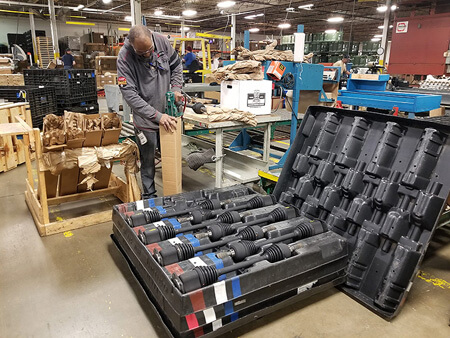
The biggest factor that affects export packaging is what you are actually transporting. This is especially true if what you’re shipping is explosive, corrosive, or flammable. These items are usually classified into one of three groups: 1) High Danger, 2) Medium Danger, or 3) Low Danger.
Within these three groups, there are also specific classes, including:
- Class 1 – Explosives
- Class 2 – Gasses
- Class 3 – Flammable Liquids
- Class 4 – Flammable Solids
- Class 5 – Oxidizing Agents or Organic Peroxides
- Class 6 – Toxins or Infectious Substances/Pathogens
- Class 7 – Radioactive Material
- Class 8 – Corrosives
- Class 9 – Miscellaneous
The group and specific class will dictate how you package and prepare your products for shipment, as well as what markings/stamps you need to include on the outside of your crates, pallets, or boxes.
2. Transportation Conditions
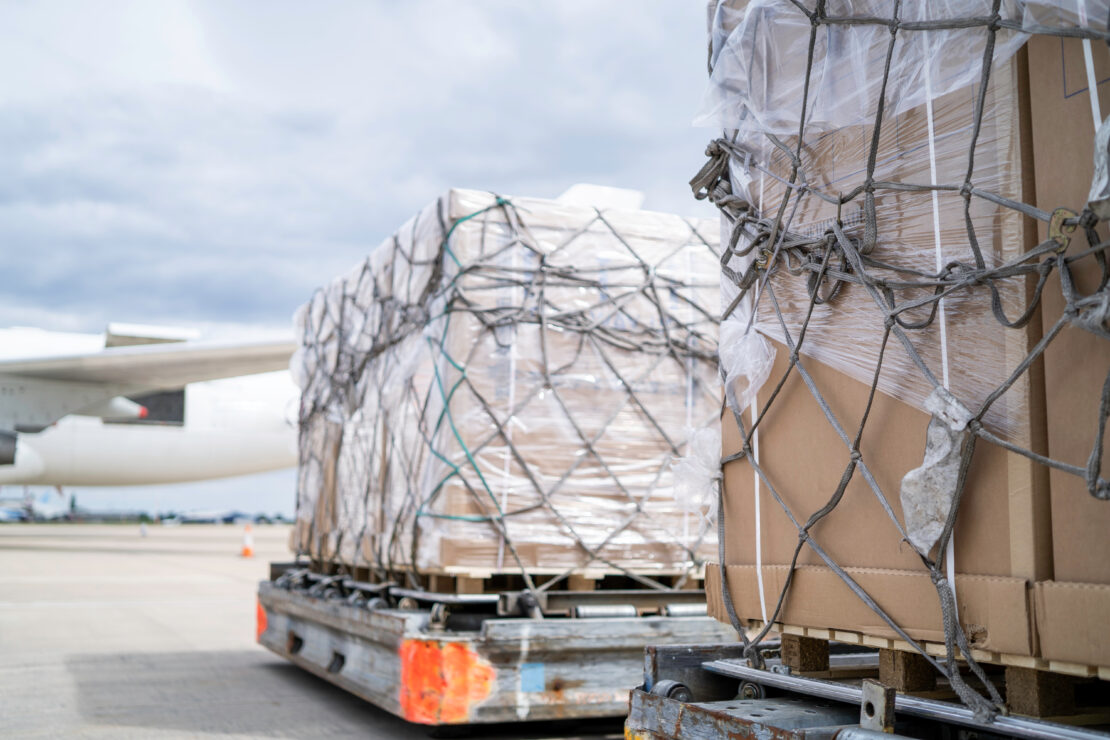
Consider how your packages will be transported. Air freight and ocean freight require different types of packaging. The International Air Transport Association (IATA) defines the standards for shipping air freight, while the Federal Maritime Commission (FTC) handles ocean freight transport requirements.
The Shipping Act of 1984 also outlines many of these requirements. The conditions of transportation will also play a role in how items should be packaged. For example, ocean freight must be properly protected from moisture, while air freight needs to be as lightweight as possible.
3. Size & Shape of Items
The size and shape of the items of your items also affect several aspects of packaging. The shape of a shipped item can determine what type of protective packaging is needed both inside a container and out so it is adequately protected. Likewise, the size and weight can even affect whether products should be shipped via boat or plane.
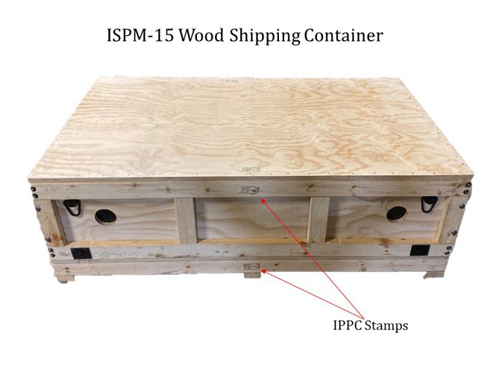
4. Compliance Requirements
Compliance requirements outline how you must handle and package exported freight. They also affect everything from the packaging used to the labels required on the package. Regulating bodies dictate which labels you must use on crates and packages.
For example, certain wooden crates must meet ISPM-15 requirements before they’re shipped outside of the United States. Additionally, companies shipping military parts and products must also follow a wide array of codes ranging from MIL-STD 1186 for cushioning and waterproofing to ASTM D3951 for hazardous materials.
Failing to comply with any requirements set forth by any entity could result in shipping delays and fines.
5. Your Budget
Transporting freight to an international buyer naturally comes along with many unique expenses, which can vary depending on the method of transport and where the freight is going.
It helps to have a full understanding of what your company can allocate toward these costs. Before shipping your goods, create a realistic budget. Know which packaging materials are necessary and how much they will cost.
Avoid trying to reduce costs by opting for lower-quality packaging. Inadequate packaging leads to more expenses down the road due to components or products being damaged during transport.
6. Your Packaging Design
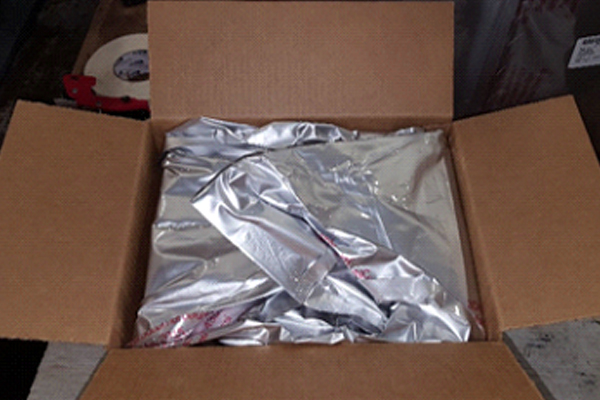
As previously mentioned, the purpose of export packaging is to protect your items during shipment. That’s why you need a good packaging design. There are two parts of packaging: exterior/outer and interior/inner.
Exterior packaging would be wooden crates, containers, boxes., etc. while inner packaging could be anything from loose fills to cushioning. The type of outer and inner packaging that you need will vary depending on what you are shipping, how you’re shipping it, and any federal requirements/restrictions.
Your exterior packaging should protect your items against moisture and other contaminants, while your inner packaging provides an extra layer of protection against vibrational and elemental damage. With inner packaging, you don’t want to have extra space in your container that would cause your items to rattle around, but you also don’t want to add extra bulk to your crate or box because extra weight means more money.
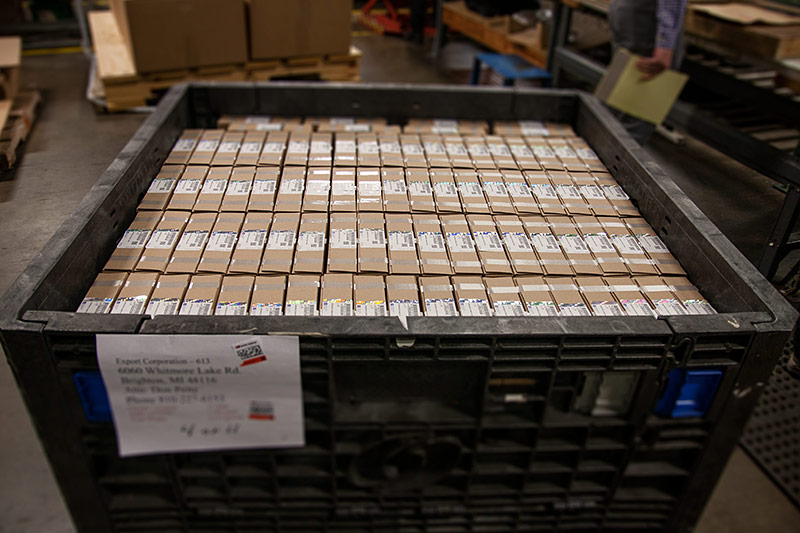
One way to potentially save money is by kitting and/or palletizing certain items together. That way, you’re shipping these items as a single unit rather than individually. Kitting and palletizing can also help you avoid item loss. If you’re not sure which type of items qualify for kitting or palletizing, it’s important that you work with an experienced export packaging company.
7. Sustainability
Finally, because there are so many factors to consider when exporting goods, it’s easy to overlook the importance of sustainability. Manufacturers who are looking to keep their carbon footprints low can opt for sustainable or reusable packaging. Even better—sustainable packaging can still meet certain compliance requirements!
Learn More From Export Corporation
Do you need help with your export packaging? Get in touch with our team at Export Corporation. We’re familiar with all compliance code and regulations surrounding military packaging, aerospace packaging, automotive packaging, and more.
You can count on us for complete packaging solutions, from assembly and kitting to packaging design to warehousing. We even provide sustainable packaging.
Reach out to us today to learn more about what we do and how we can help you.
